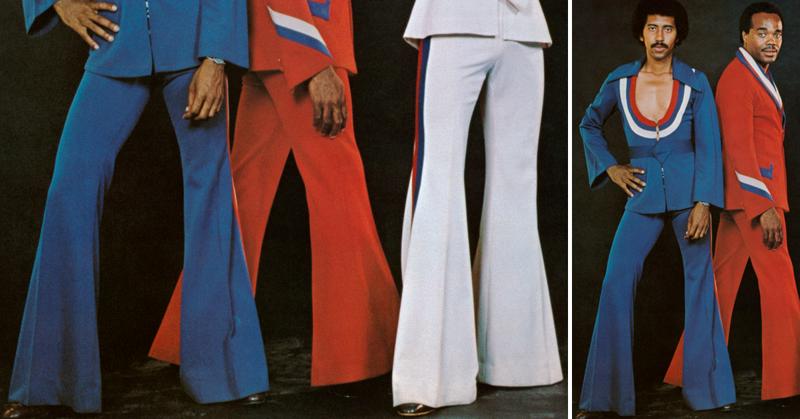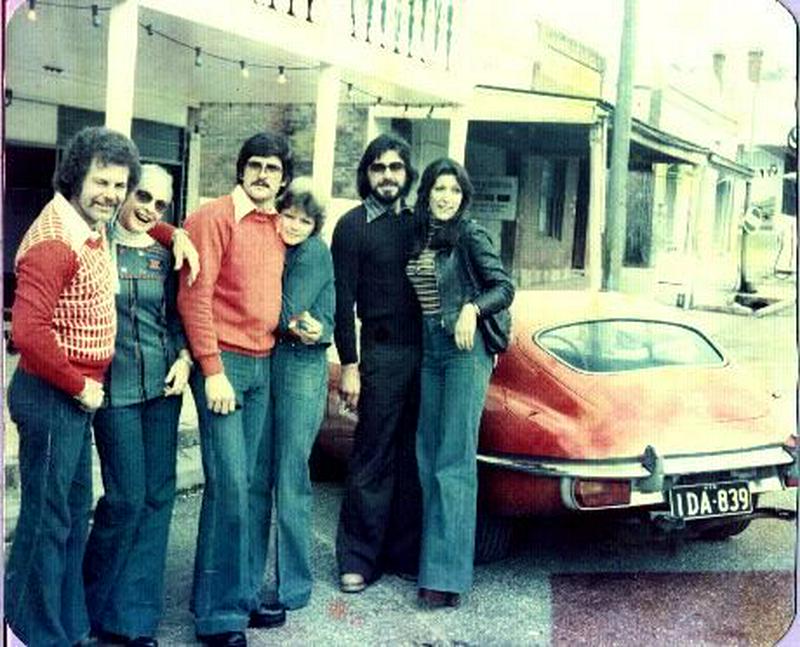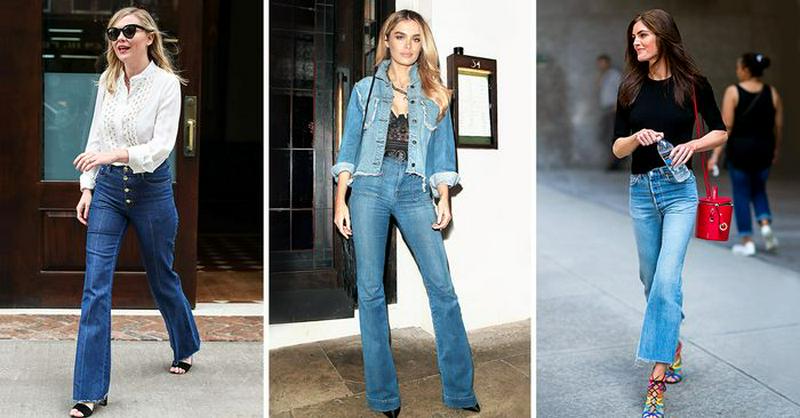Remember Bell-Bottoms? History Of Flares Worn By Hippies And Disco Dancers
By | August 12, 2020

Bell bottoms, also known as flares -- what was up with that? The pants, often jeans, that flare out below the knee are one of the less redeemable fashion trends of the late '60s and the '70s. Everybody wore them, particularly musicians and actors when they weren't in costume. But today, you couldn't get arrested in bell-bottoms. What is the story behind this strange style of legwear, the facts behind its sudden popularity and its downfall?

Bell-bottom jeans made ubiquitous fashion waves in the ‘60s and ‘70s. Everyone from disco dancers to Sonny and Cher made the flared out jeans a must-have item. In the Groovy era, you couldn’t walk half a block before seeing a pair of wide-legged, bell-bottom jeans sashaying their way around town. Despite hitting it big in the days of hippies and pet rocks, bell-bottoms actually date to the 17th century.
As far back as the early 1600s, sailors wore flared out pants -- not for fashion, but function. Pants that were wider below the knee could be rolled up more easily while working. Also, if a sailor fell overboard, the wide legs inflated more effectively to use as a life preserver. They also could be taken off quickly. The youth of the free love era appreciated that.
In The Late '60s, Hippies Got Their Bell-Bottoms From Navy Surplus

In the ‘60 and ‘70s, the young famously rebelled at just about everything their parents valued. Long hair, bright flamboyant colors, and sexual liberation all came in defiance of the status quo. Bell-bottoms were a part of that opposition. Young people rejected traditional, more expensive clothing options and began shopping at second hand stores and thrift shops. Surplus Navy bell-bottoms just so happened to be in the right place at the right time to make a huge impact on millions of insubordinate young people.
Subversive Pants

In one of the largest fads to ever monopolize fashion, bell-bottoms became not just popular but an absolute must-have item for anyone avoiding being labeled a “square.” For adolescents, bell-bottoms fit in with the anti-war sentiment. For them, subverting what was a military clothing item and turning it into a symbol for peace, love, and marijuana, what could be more apt? Embroidering flowers on the jeans and old army jackets was just another loving twist of the blade for young people going against the system.
Clothing Manufacturers Got In On The Bell Bottoms Trend

At first, clothing manufacturers resisted going all-in on the bell-bottom rage. Because bell-bottoms represented a political ideology, a thought that scared many in the establishment, clothing labels were scared to jump on the groovy train. Naturally, once the fad became universal, companies saw too many dollar signs not to get in on the act. Of course, like with any trend, celebrities helped cement the bell-bottoms’ status as a mainstream clothing item that every kid had to have. James Brown along with Sonny & Cher were the biggest drivers of the bell-bottom bonanza. For those looking to get really wild, “Elephant bells” offered extra flared pants to catch people’s attention.
Punk Rock May Have Killed Bell-Bottoms

By the end of the 70’s, punk rock and an era of ambivalence had arrived. It was no longer cool to care about anything really. Nihilism was in and “trying” was out. Bell-bottoms went the way of the dinosaur as straight-legged and skinny jeans became the choice of too-cool-for-school rockers like The Ramones. Disco haters gave a sigh of relief as bell-bottoms disappeared. Of course, everything, especially fashion, is cyclical and the hip-huggers for tree huggers are making a comeback. But don’t worry, the splintered world we live in today doesn’t allow for any fad to become omnipresent like the days in the Groovy era.
